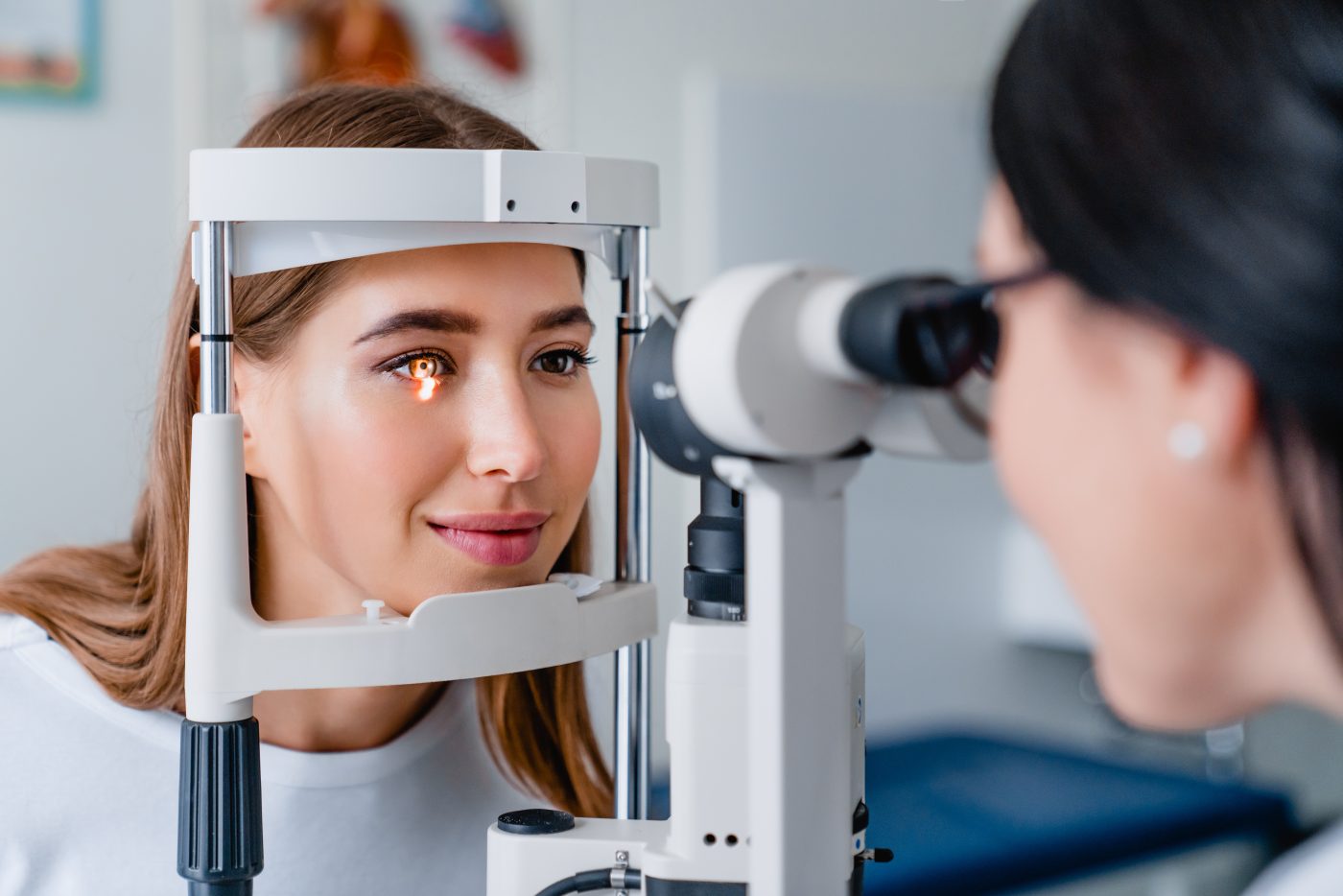In the pursuit of better vision and more freedom, various methods to correct vision have emerged, offering individuals the opportunity to reduce or eliminate their dependence on glasses and contact lenses. From traditional eyewear to advanced surgical procedures, this article delves into the different types of vision correction, uncovering the pros and cons associated with each approach, including some of the newest technological advancements like EVO and EVO ICL.
| Category | Non-Surgical Alternatives | Lens Replacement Alternatives | Refractive Eye Surgery Alternatives |
|---|---|---|---|
| Description | Non-invasive methods to improve vision | Surgical procedures to replace the natural lens | Surgical procedures to reshape the cornea |
| Examples | Contact lenses, glasses, vision therapy | EVO ICL, Intraocular Lens, Phakic Intraocular Lenses, Refractive Lens Exchange | Advanced Surface Ablation, Conductive Keratoplasty, Epi-LASIK, LASEK, PRK, Radial Keratotomy, SMILE, Wavefront LASIK |
| Key Benefits | Convenience, non-invasive, reversible | Permanent vision correction, potential cataract prevention | Precise vision correction, minimally invasive |
| Key Drawbacks | Temporary vision correction, potential for age-related eye conditions | Surgical risks, potential for complications | Surgical risks, may not be suitable for all patients |
| Best Suited For | Mild to moderate vision issues, those who prefer non-surgical options | Individuals with cataracts or certain corneal conditions | Patients who are not candidates for LASIK or other refractive surgeries |
Non-Surgical
Eyeglasses
Pros of wearing Eyeglasses
- Non-Invasive: Eyeglasses are a non-invasive and easily reversible method of vision correction.
- Versatility: Suitable for correcting various refractive errors, including myopia, hyperopia, astigmatism, and presbyopia.
- Fashion Accessory: Eyeglasses have become a fashion statement, allowing individuals to express their style through a wide range of frames.
Cons of wearing Eyeglasses
- Peripheral Distortion: Some individuals may experience peripheral distortion or reflections, affecting the clarity of vision. The lenses also may fog when moving to warmer to cooler environments.
- Limited Peripheral Vision: Frames can limit peripheral vision, which may be a concern in certain activities.
- Weight and Discomfort: Wearing glasses can become uncomfortable through the day to their weight and pressure on the bridge of the nose.
Contact Lenses:
Pros of wearing contact Lenses:
- Natural Appearance: Contact lenses provide a more natural appearance without the visible presence of eyeglasses.
- Unrestricted Field of View: Unlike glasses, contact lenses don’t obstruct peripheral vision.
- Suitable for Active Lifestyles: Ideal for individuals with active lifestyles or those who find glasses inconvenient.
Cons of wearing contacts:
- Maintenance Required: Regular cleaning and proper hygiene practices are necessary to prevent eye infections.
- Dry Eye Disease: Some individuals may experience dry eyes as a result of wearing contact lenses..
- Risk of Infections: Incorrect use or poor hygiene can lead to eye serious eye infections
- Environmental Concerns: The disposal of contact lenses and their packaging contributes to waste. In fact, the use of contact lens products by end consumers comprises 0.5% of the total environmental waste.
Refractive Surgery
Modern LASIK (Laser-Assisted In Situ Keratomileusis) Custom Bladeless:
Pros:
- Rapid Results: LASIK often provides rapid visual recovery, with many patients experiencing improved vision within the first several hours to a day.
- Long-Lasting: The effects of LASIK are typically long-lasting, reducing or eliminating the need for glasses.
Cons:
- Surgical Risks: As with any surgery, LASIK carries some risks, including infection, dry eyes, and changes in vision.
- Cost: LASIK can be a significant financial investment compared to non-surgical methods.
PRK (Photorefractive Keratectomy):
Pros:
- No Flap Creation: PRK doesn’t involve creating a corneal flap, reducing the risk of flap-related complications.
- Suitable for Thin Corneas: PRK may be a better option for individuals with thinner corneas.
Cons:
- Extended Recovery Time: PRK typically has a longer recovery period compared to LASIK.
- Discomfort During Healing: Some discomfort and light sensitivity may be experienced during the initial healing phase.
SMILE (Small Incision Lenticule Extraction):
Pros:
- No Flap Creation: SMILE involves a small incision rather than a corneal flap, potentially reducing complications.
- Potential Preservation of Corneal Strength: Early studies indicate that the SMILE procedure preserves more corneal tissue, which may benefit the structural integrity of the cornea.
Cons:
- Limited Availability: SMILE may not be as widely available as LASIK or PRK.
- Similar complications to LASIK: In studies, complications can be similar to LASIK including infection, dry eyes, and changes in vision.
- Cost: The SMILE procedure can cost significantly more than LASIK or PRK.
EVO ICL (Implantable Collamer Lens):
Pros:
- Reversible Procedure: EVO ICL is an implantable lens that can be removed if necessary, making the procedure reversible.
- High Refractive Correction: EVO ICL is suitable for individuals with high degrees of myopia or hyperopia.
Cons:
- Invasive Procedure: EVO ICL involves a surgical procedure to implant the lens in the eye.
- Potential for Complications: As with any surgical procedure, there is a risk of complications, including infection or changes in intraocular pressure, endothelial cell loss, and corneal decompensation.
Orthokeratology (Ortho-K):
Pros:
- Non-Surgical: Ortho-K involves the use of specially designed contact lenses to reshape the cornea overnight without surgery.
- Daytime Freedom: Individuals can enjoy better vision during the day without the need for glasses or lenses.
Cons:
- Temporary Effects: The effects of Ortho-K are temporary, and consistent lens wear is required for sustained results.
- Risk of Infection: Proper hygiene practices are crucial to prevent eye infections associated with contact lens use.
- Vision Instability: Vision may change through the day depending on frequency of use.
- Comfort: It may be difficult to sleep with a rigid contact lens on the eye.
How is LASIK different?
“Bladeless LASIK”, also referred to as iLASIK™, IntraLASIK™, or all-laser LASIK uses cool pulses of light emitted by a femtosecond laser to create the flap instead of the bladed microkeratome.
While LASIK is one form or technique of laser vision correction, there are differences in the way the epithelial flap can be created during the LASIK procedure. At The LASIK Vision Institute, our expert LASIK surgeons only perform 100% bladeless LASIK as it allows more patients to be candidates for LASIK and facilitates quick recovery.
Are You Curious About Your Eligibility For LASIK?

The ideal LASIK alternative depends on your individual needs, preferences, and eye health. Consulting with a qualified ophthalmologist is crucial to determine the best course of action for achieving clear vision. They will conduct a comprehensive eye exam, discuss your medical history, and answer any questions you may have.
By understanding the various LASIK alternatives and their unique characteristics, you can feel empowered to participate actively in your vision correction journey.
If you’re interested in exploring LASIK or other comparable procedures, schedule a FREE LASIK Consultation with our local team at The LASIK Vision Institute. We’ll assess your candidacy and discuss the best treatment options tailored to your needs.

Find a LASIK Surgery Location Near You
We’re located nationwide – it’s easy to find a LASIK Vision Center near you.
Resources:
LASIK Surgery. (2022, December 20). American Academy of Ophthalmology. https://www.aao.org/eye-health/treatments/lasik-surgery
National Eye Institute. (n.d.). Surgery for Refractive Errors | National Eye Institute. https://www.nei.nih.gov/learn-about-eye-health/eye-conditions-and-diseases/refractive-errors/surgery-refractive-errors
Categories:



